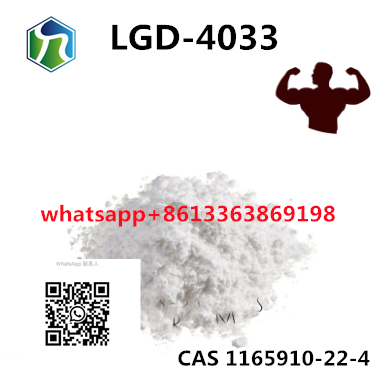
- +86-13363869198
- weimiaohb@126.com

Nov . 23, 2024 22:19 Back to list
Exploring the Bioavailability of Curcumin and Its Health Benefits for Optimal Consumption
The Bioavailability of Curcumin Unlocking Its Health Benefits
Curcumin, the active compound found in turmeric (Curcuma longa), has garnered considerable attention over the past few decades due to its impressive array of health benefits. Known for its anti-inflammatory, antioxidant, and anti-cancer properties, curcumin has been widely studied as a potential therapeutic agent for a variety of health conditions, including cancer, arthritis, and cardiovascular diseases. However, a significant barrier to harnessing its full potential lies in its bioavailability — the degree and rate at which curcumin is absorbed and utilized by the body.
What is Bioavailability?
Bioavailability refers to the proportion of a nutrient or active ingredient that enters the circulation when it is introduced into the body and is available for use or storage. For curcumin, studies indicate that its oral bioavailability is quite low, primarily due to its rapid metabolism and elimination. When consumed, curcumin is quickly subjected to various metabolic processes in the liver and intestines, leading to a very small amount reaching systemic circulation. Estimates suggest that only about 1% of curcumin is bioavailable when taken orally, which raises questions about its effectiveness in delivering health benefits.
Factors Affecting Curcumin Bioavailability
Several factors influence the bioavailability of curcumin, including its chemical structure, solubility, and interaction with other compounds. Curcumin is lipophilic, meaning it dissolves poorly in water, which can hinder its absorption in the gastrointestinal tract. Additionally, the presence of dietary factors, such as fats, can enhance absorption. Consuming curcumin with black pepper, for instance, significantly increases its bioavailability. Black pepper contains piperine, a compound that inhibits the enzymes responsible for curcumin metabolism, allowing more of the compound to remain in circulation for a longer duration.
Strategies to Enhance Bioavailability
To overcome the bioavailability issues associated with curcumin, researchers have been exploring various strategies to enhance its absorption
1. Formulation Innovations Researchers are developing novel delivery systems, such as nanoemulsions, liposomal formulations, and solid lipid nanoparticles, to increase the solubility and stability of curcumin. These innovative delivery methods have shown promise in enhancing curbun’s bioavailability.
curcumin bioavailable

2. Combined Supplements Many curcumin supplements are now available in formulations that include piperine or other bioavailability enhancers. For instance, products combining curcumin with turmeric extract, ginger, or omega-3 fatty acids aim to improve absorption and overall effectiveness.
3. Fermentation Fermented curcumin is emerging as a potential solution to bioavailability issues. Fermentation may increase the stability and absorption of curcumin, providing enhanced health benefits compared to non-fermented forms.
4. Micronization Reducing the particle size of curcumin can also enhance its solubility and absorption. Micronized curcumin has been shown in some studies to have increased bioavailability compared to conventional curcumin powders.
Clinical Implications and Future Directions
Given curcumin's well-documented health benefits, improving its bioavailability is crucial for its clinical application. High-quality studies are still needed to further explore the mechanisms of enhanced absorption and to evaluate the efficacy of improved formulations in various populations and health conditions.
Researchers are continuing to investigate optimal dosages, the effects of long-term use, and the interaction of curcumin with other medications. Overall, while there are substantial challenges associated with curcumin’s bioavailability, ongoing research and innovation hold promise for overcoming these barriers, thus expanding the therapeutic potential of this remarkable compound.
Conclusion
Curcumin’s powerful anti-inflammatory and antioxidant properties have positioned it as a potentially transformative agent in health and wellness. However, the significant challenge of its low bioavailability must be addressed for it to realize its full therapeutic promise. Through various innovative strategies, the future looks bright for curcumin as a staple in dietary supplements and natural therapies. Continued research in this area will help clarify how best to utilize curcumin, ultimately allowing more individuals to benefit from its remarkable health-enhancing properties.
-
Top CAS: 79099-07-3 Factories & Wholesale Supplier from China
NewsJul.30,2025
-
High-Quality GS-441524 for White Liquid Type Factories & Suppliers
NewsJul.29,2025
-
High-Quality Pharmaceutical Intermediates for Sale – Reliable Supply
NewsJul.29,2025
-
High-Quality Pharmaceutical Intermediates for Sale - Reliable Solutions
NewsJul.29,2025
-
High-Quality Pharmaceutical Intermediates Supplier for Global Market
NewsJul.28,2025
-
GS-441524 for White Liquid Type Factories – High Purity & Reliable Supply
NewsJul.28,2025